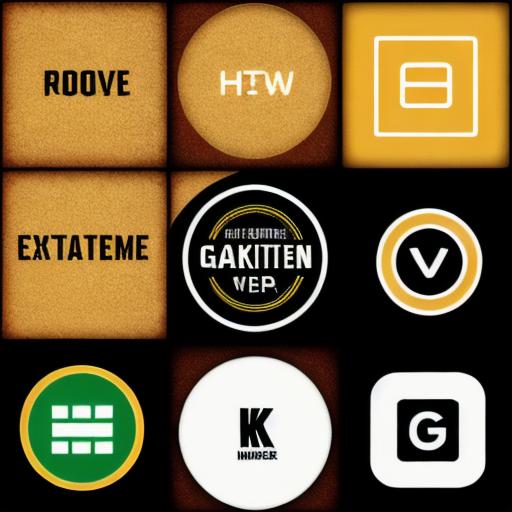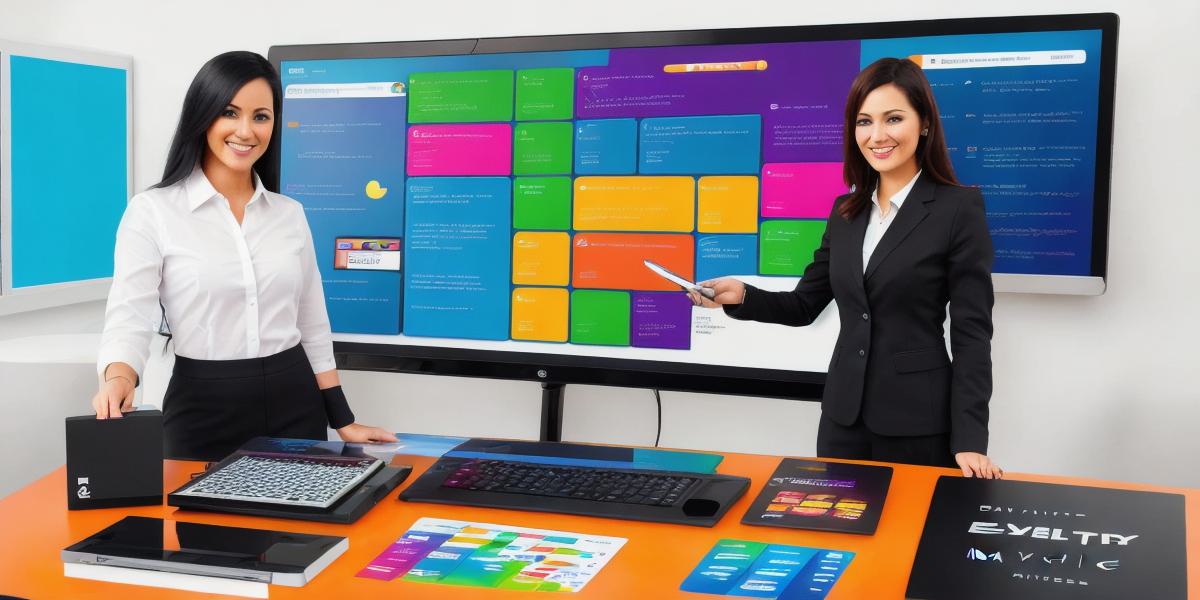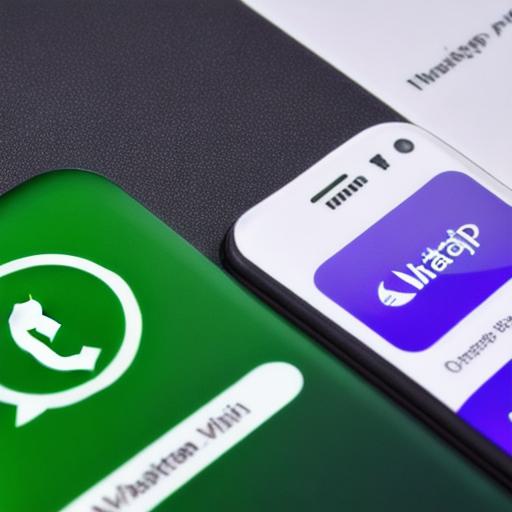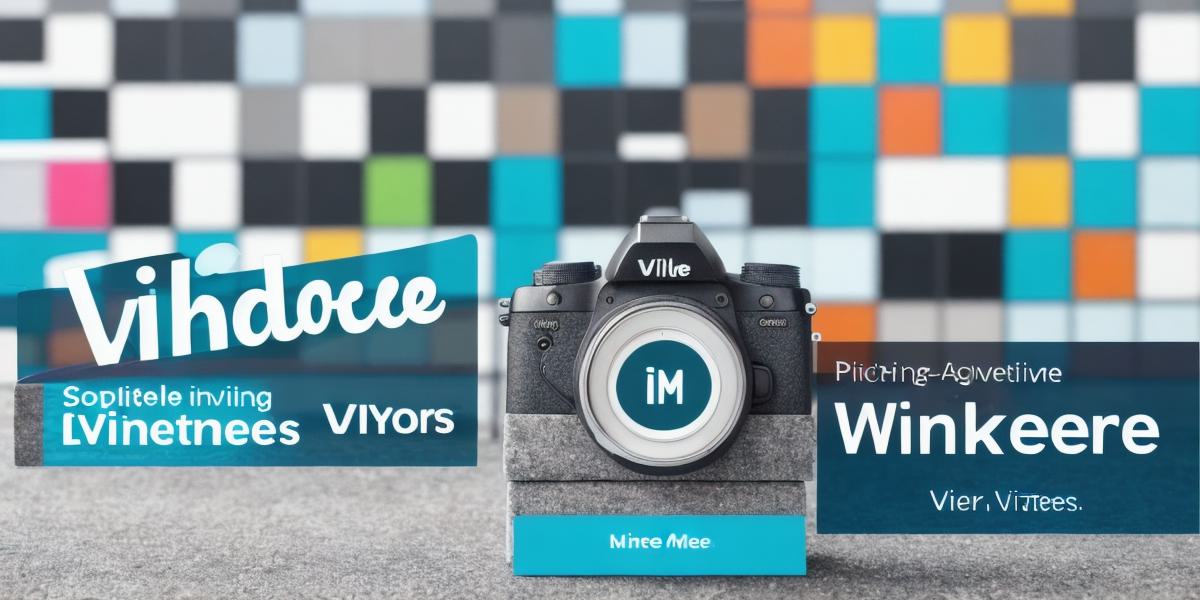Are you tired of the same old boring marketing campaigns that fail to capture your audience’s attention? Are you looking for a fresh, innovative approach to engage customers and drive sales? If so, you may want to consider implementing marketing gamification in your business strategy.
Marketing gamification is the process of using game design elements, such as competition, rewards, and challenges, to promote products or services. By incorporating game-like features into your marketing campaigns, you can create an immersive, interactive experience that keeps customers engaged and motivated to take action.
In this article, we’ll explore the best marketing gamification tools available in today’s market, along with case studies and real-life examples of how these tools have been used to successfully engage customers and drive sales. We’ll also discuss some of the key principles behind effective marketing gamification and provide tips on how to implement it in your own business.
The Benefits of Marketing Gamification
Before we dive into the best marketing gamification tools, let’s take a look at some of the key benefits of this approach:
- Increased engagement: By incorporating game design elements into your marketing campaigns, you can create a more immersive and interactive experience that keeps customers engaged for longer periods. This increased engagement can lead to higher conversion rates and greater customer loyalty.
- Improved retention: Marketing gamification can also help to improve customer retention by creating a sense of community around your brand. When customers are part of a game or competition, they’re more likely to feel invested in your product or service and continue to engage with it over time.
- Enhanced customer experience: By providing a fun and rewarding experience for customers, marketing gamification can help to differentiate your brand from competitors and enhance the overall customer experience. This can lead to increased brand loyalty and higher levels of customer satisfaction.
- Better data collection: Marketing gamification can also provide valuable data on customer behavior and preferences, which can be used to improve future marketing campaigns and drive better results.
The Best Marketing Gamification Tools
Now that we’ve discussed some of the key benefits of marketing gamification, let’s take a look at some of the best tools available in today’s market:
- Kahoot!: Kahoot! is a popular platform for creating interactive quizzes and games that can be used to engage customers and drive sales. With Kahoot!, you can create custom games and quizzes that are tailored to your brand and business goals. You can also track customer performance and use the data to improve future marketing campaigns.
- Gamestartr: Gamestartr is another great platform for creating interactive games and quizzes that can be used in a variety of marketing campaigns. With Gamestartr, you can create custom games that are tailored to your brand and business goals. You can also track customer performance and use the data to improve future marketing campaigns.
- Quizlet: Quizlet is a popular platform for creating interactive quizzes and games that can be used in a variety of marketing campaigns. With Quizlet, you can create custom quizzes and games that are tailored to your brand and business goals. You can also track customer performance and use the data to improve future marketing campaigns.
- Viralspy: Viralspy is a platform for creating and sharing viral contests and giveaways that can be used to engage customers and drive sales. With Viralspy, you can create custom contests and giveaways that are tailored to your brand and business goals. You can also track customer participation and use the data to improve future marketing campaigns.
- Influencer.co: Influencer.co is a platform for finding and collaborating with influencers in your industry. With Influencer.co, you can find influencers who are interested in promoting your product or service through marketing gamification contests and giveaways. You can also track influencer performance and use the data to improve future marketing campaigns.
Case Studies and Real-Life Examples
Now that we’ve looked at some of the best marketing gamification tools, let’s take a look at some real-life examples of how these tools have been used to successfully engage customers and drive sales:
- Coca-Cola’s "Share a Coke" Campaign: In 2011, Coca-Cola launched its "Share a Coke" campaign, which involved printing popular names on Coke bottles and cans in an effort to encourage people to share them with friends and family. The campaign was a huge success, with millions of bottles and cans sold and shared around the world. By using marketing gamification techniques such as competition and rewards, Coca-Cola was able to create a fun and interactive experience that kept customers engaged and motivated to take action.
- Nike’s "Find Your Greatness" Campaign: In 2012, Nike launched its "Find Your Greatness" campaign, which involved creating an interactive website and app that allowed users to track their progress and set goals related to fitness and athleticism. The campaign was a huge success, with millions of people around the world participating and sharing their progress on social media. By using marketing gamification techniques such as competition and rewards, Nike was able to create a fun and interactive experience that kept customers engaged and motivated to take action.

- Domino’s "Pizza Delivery Drones" Campaign: In 2016, Domino’s launched its "Pizza Delivery Drones" campaign, which involved using drones to deliver pizza to customers in select locations. The campaign was a huge success, with thousands of pizzas delivered by drone and millions of people around the world watching the videos online. By using marketing gamification techniques such as competition and rewards, Domino’s was able to create a fun and interactive experience that kept customers engaged and motivated to take action.
Key Principles of Effective Marketing Gamification
Now that we’ve looked at some real-life examples of how marketing gamification can be used to engage customers and drive sales, let’s take a look at some key principles of effective marketing gamification:
- Make it fun: The key to successful marketing gamification is to create an experience that is fun and engaging for customers. This means using game design elements such as competition, rewards, and challenges in a way that is enjoyable and motivates customers to take action.
- Keep it simple: While marketing gamification can be complex and sophisticated, it’s important to keep the overall experience simple and easy to understand. Customers should be able to quickly grasp the rules of the game and understand how they can win rewards or achieve their goals.
- Make it relevant: Marketing gamification should be relevant to your business goals and target audience. You should create games and contests that are tailored to your brand and industry, and that resonate with your customers’ interests and needs.
- Provide clear feedback: Customers should receive clear feedback on their performance and progress in the game or contest. This can be in the form of points, badges, or leaderboards, and should be visible and easily accessible to customers at all times.
- Use data to improve: Marketing gamification should provide valuable data on customer behavior and preferences, which can be used to improve future marketing campaigns and drive better results. By analyzing customer performance and feedback, you can identify areas for improvement and refine your gamification strategy over time.
FAQs
- What is marketing gamification?
Marketing gamification involves using game design elements such as competition, rewards, and challenges to engage customers and drive sales. It can be used in a variety of ways, including contests, giveaways, quizzes, and apps. - How does marketing gamification work?
Marketing gamification works by creating an experience that is fun, engaging, and relevant to your business goals and target audience. You should create games and contests that are tailored to your brand and industry, and that resonate with your customers’ interests and needs. - What are some examples of successful marketing gamification campaigns?
Some examples of successful marketing gamification campaigns include Coca-Cola’s "Share a Coke" campaign, Nike’s "Find Your Greatness" campaign, and Domino’s "Pizza Delivery Drones" campaign.
- What are some key principles of effective marketing gamification?
Some key principles of effective marketing gamification include making it fun, keeping it simple, making it relevant, providing clear feedback, and using data to improve. - How can I get started with marketing gamification?
To get started with marketing gamification, you should first identify your business goals and target audience. You should then create games and contests that are tailored to your brand and industry, and that resonate with your customers’ interests and needs. Finally, you should track customer performance and feedback, and use the data to refine your gamification strategy over time.




